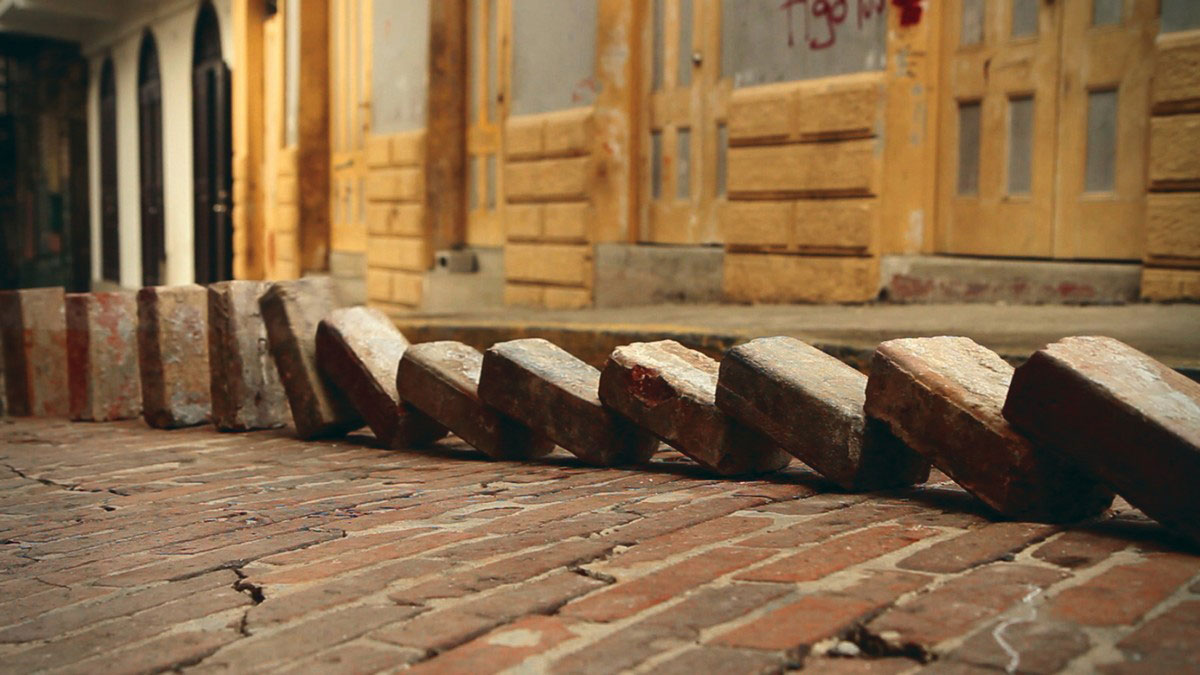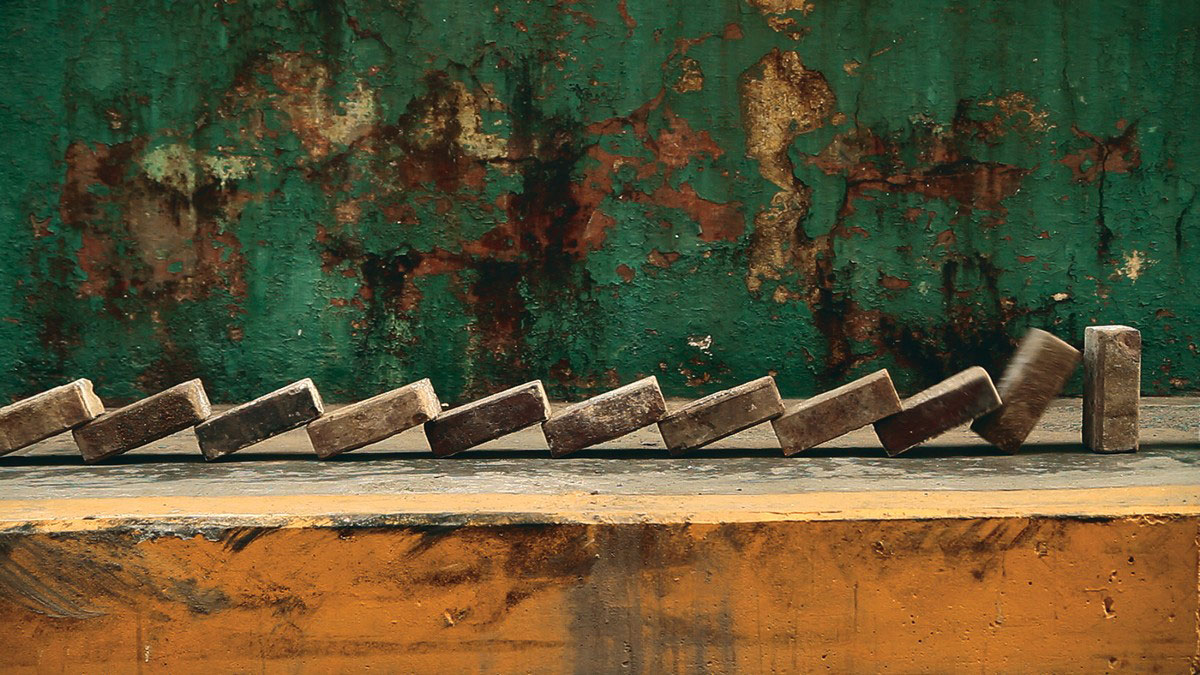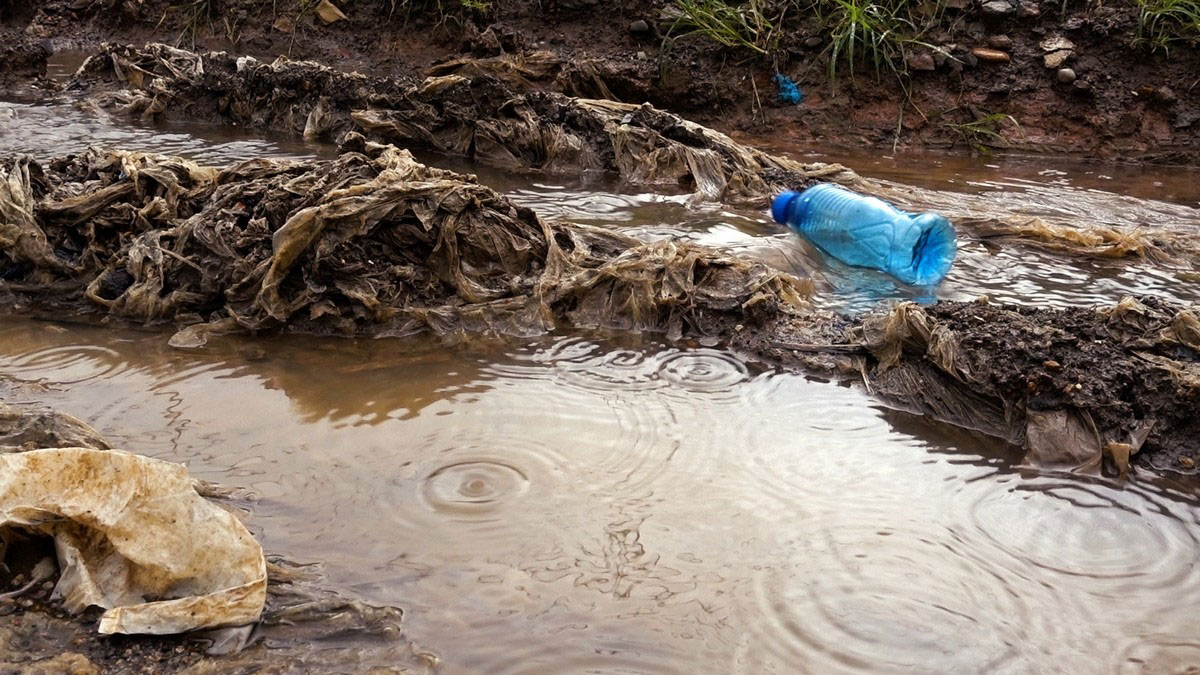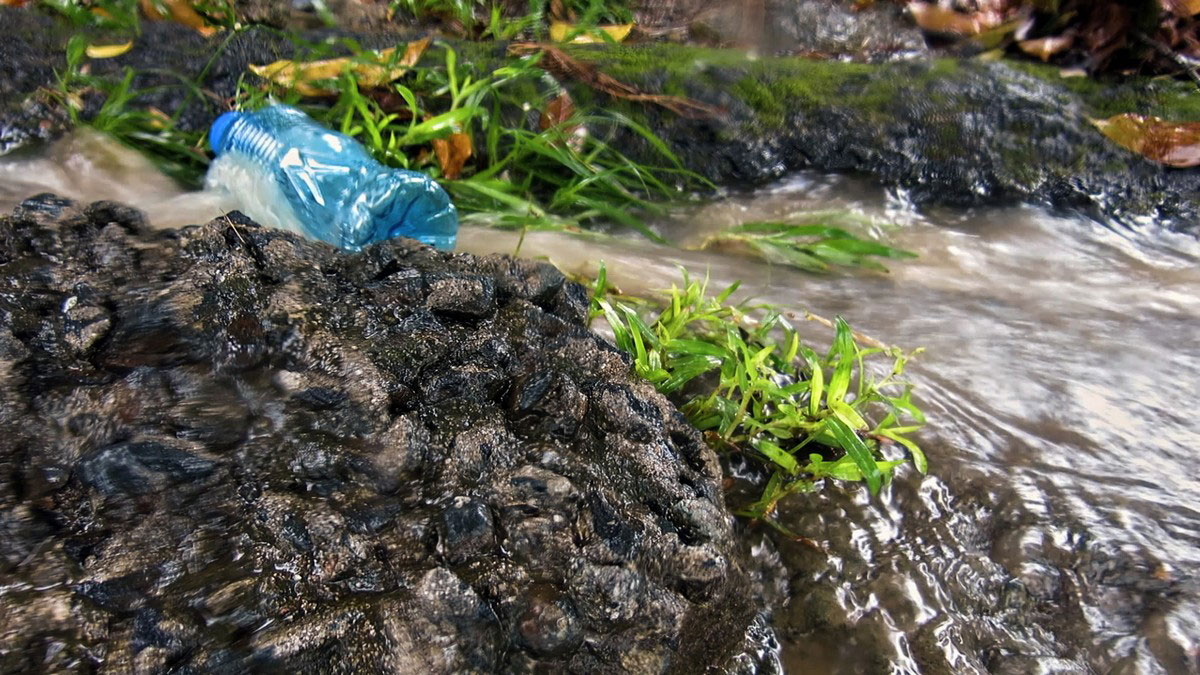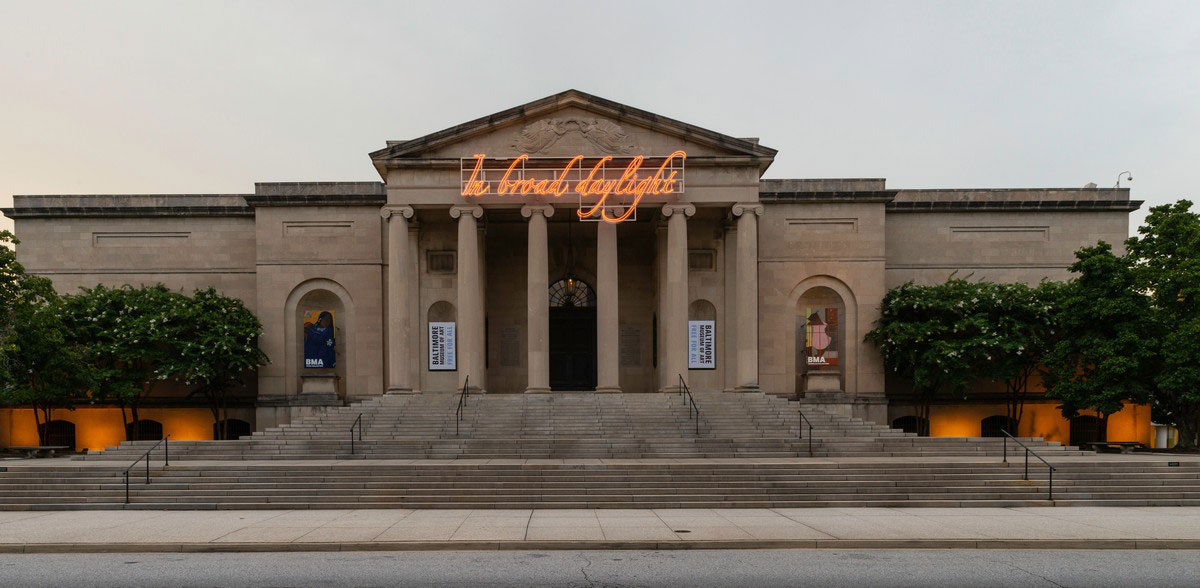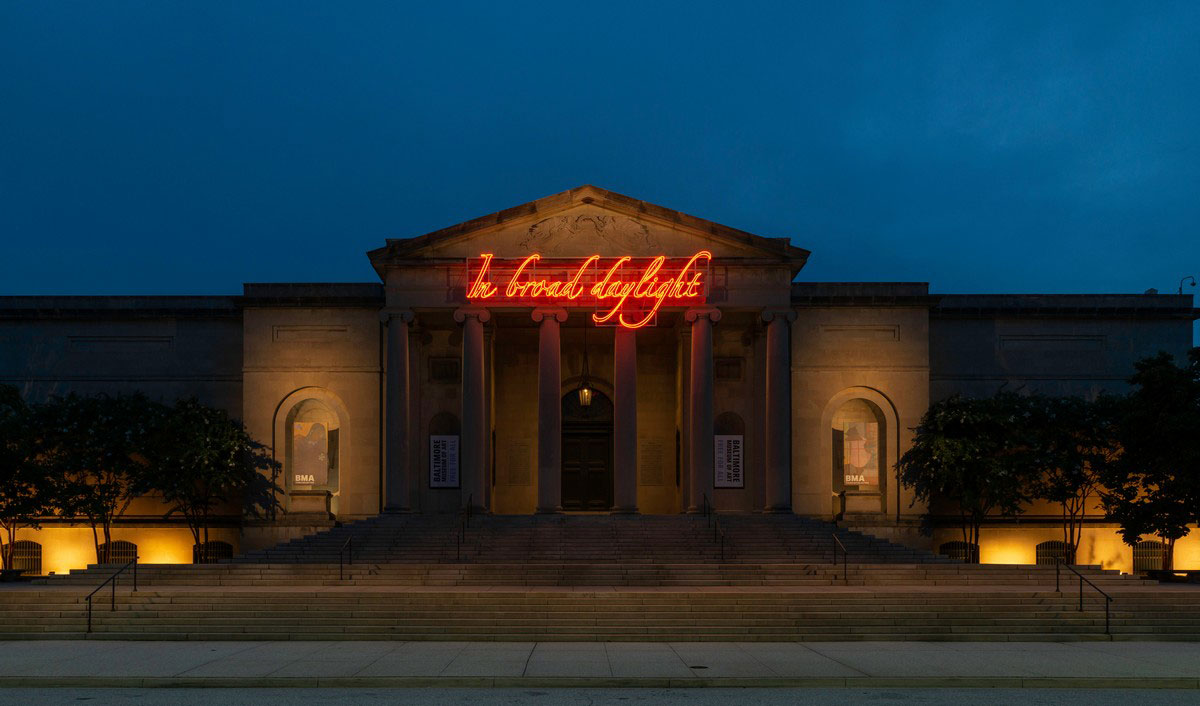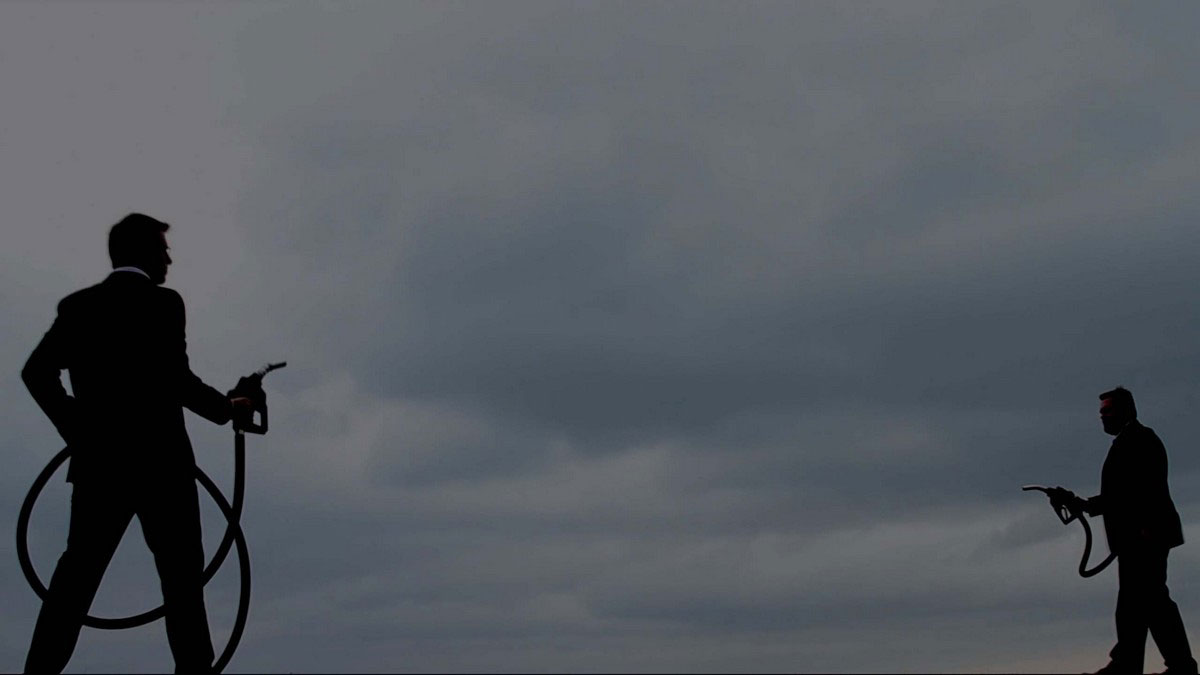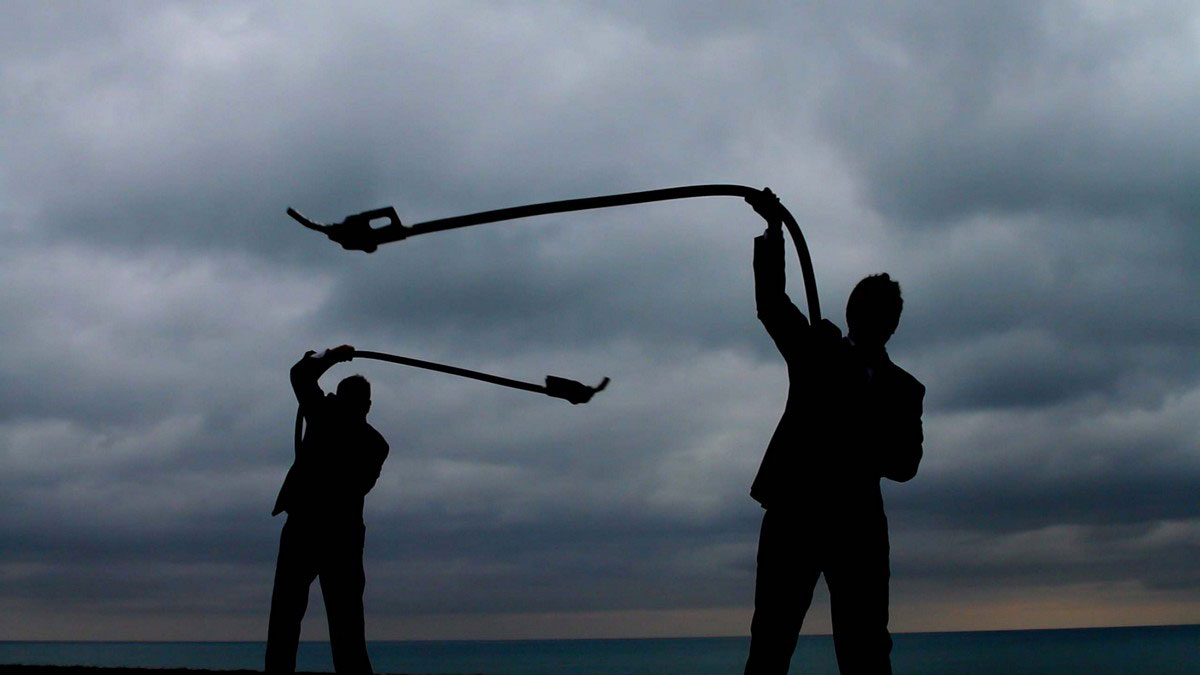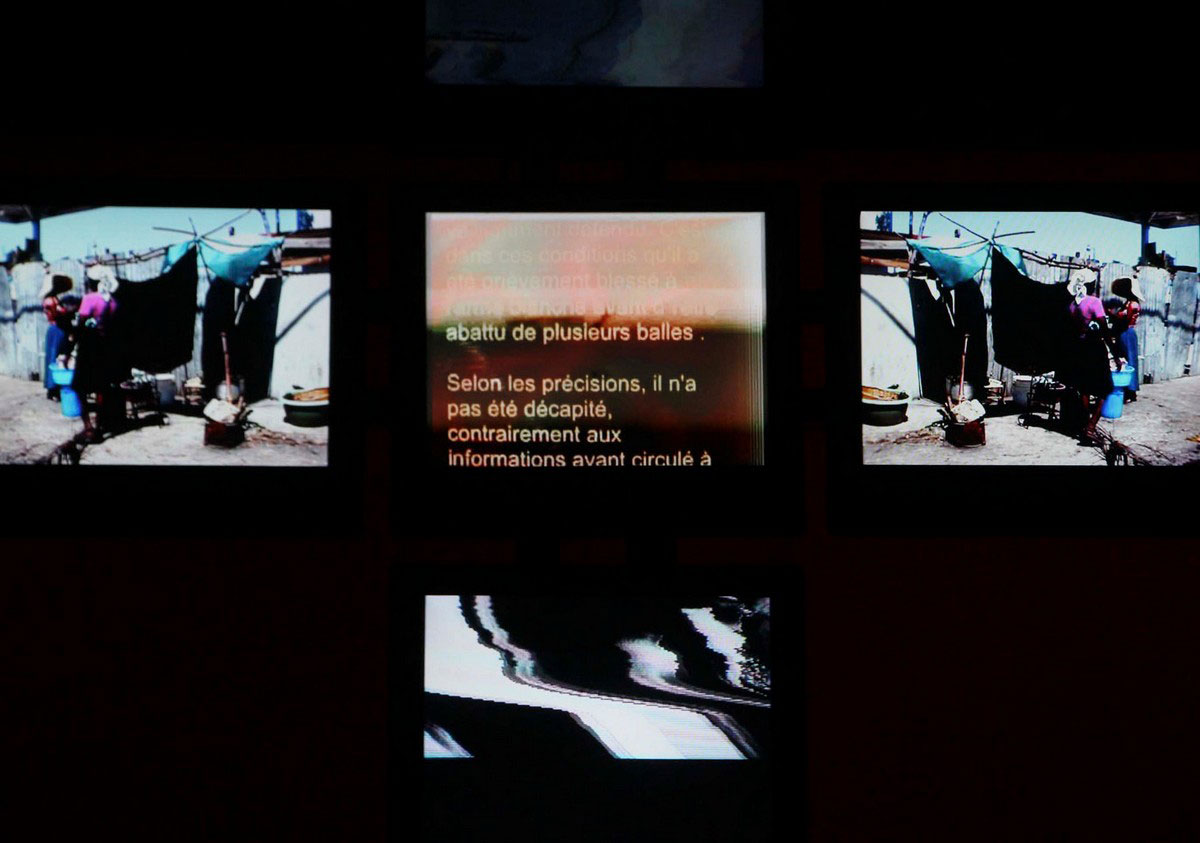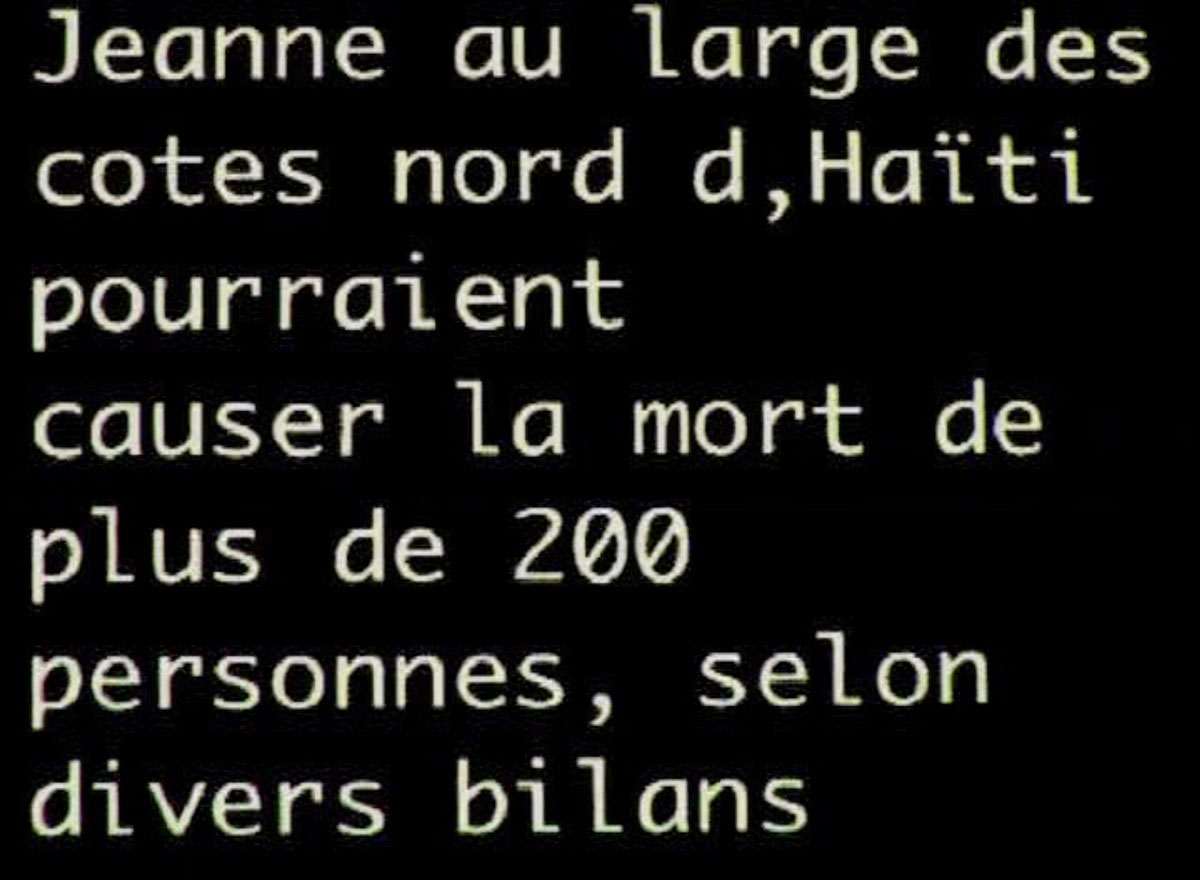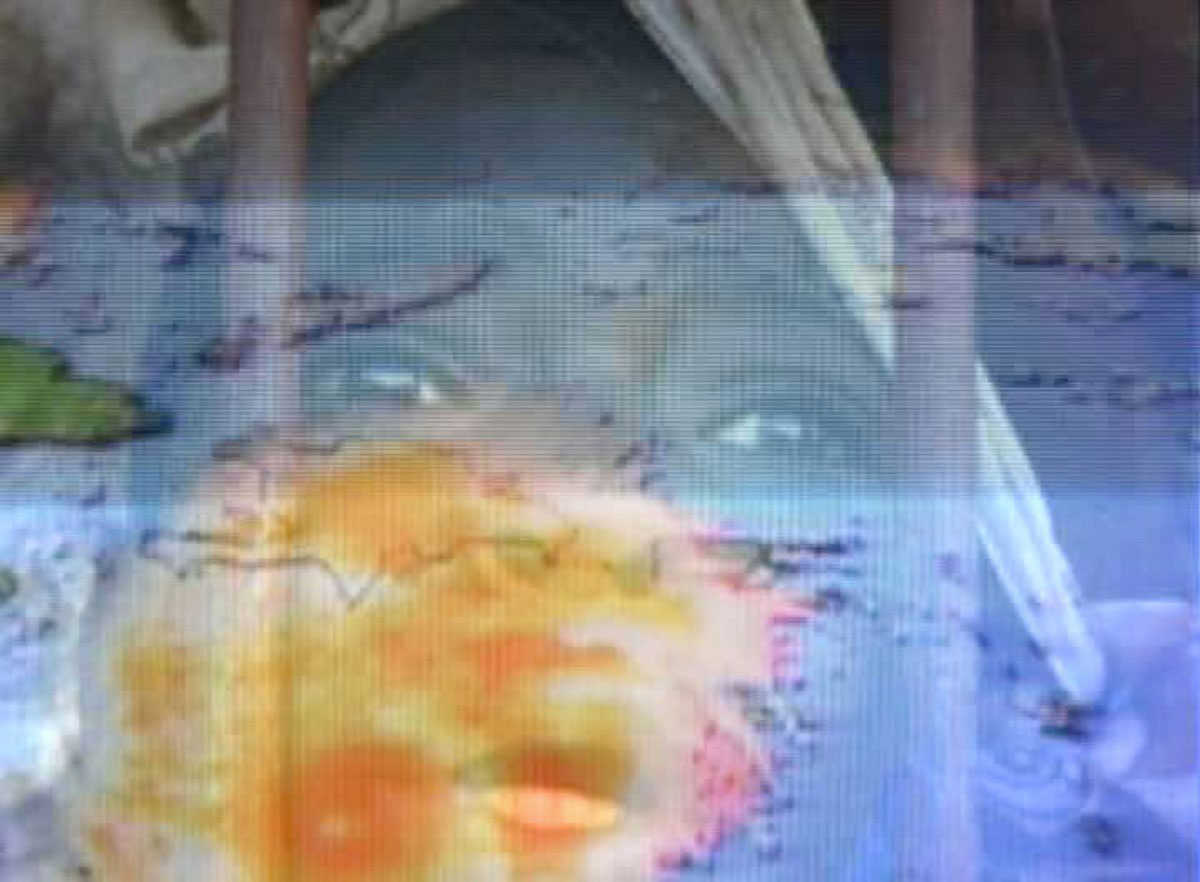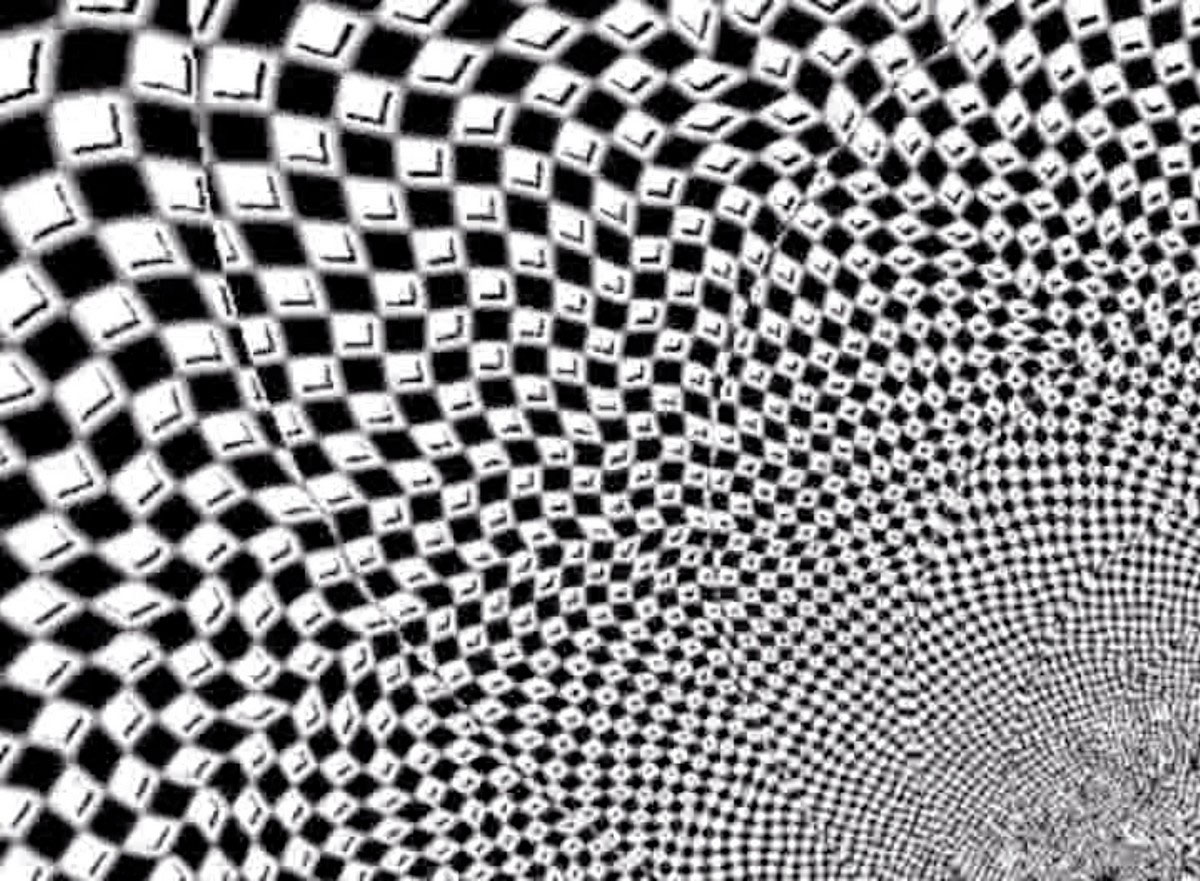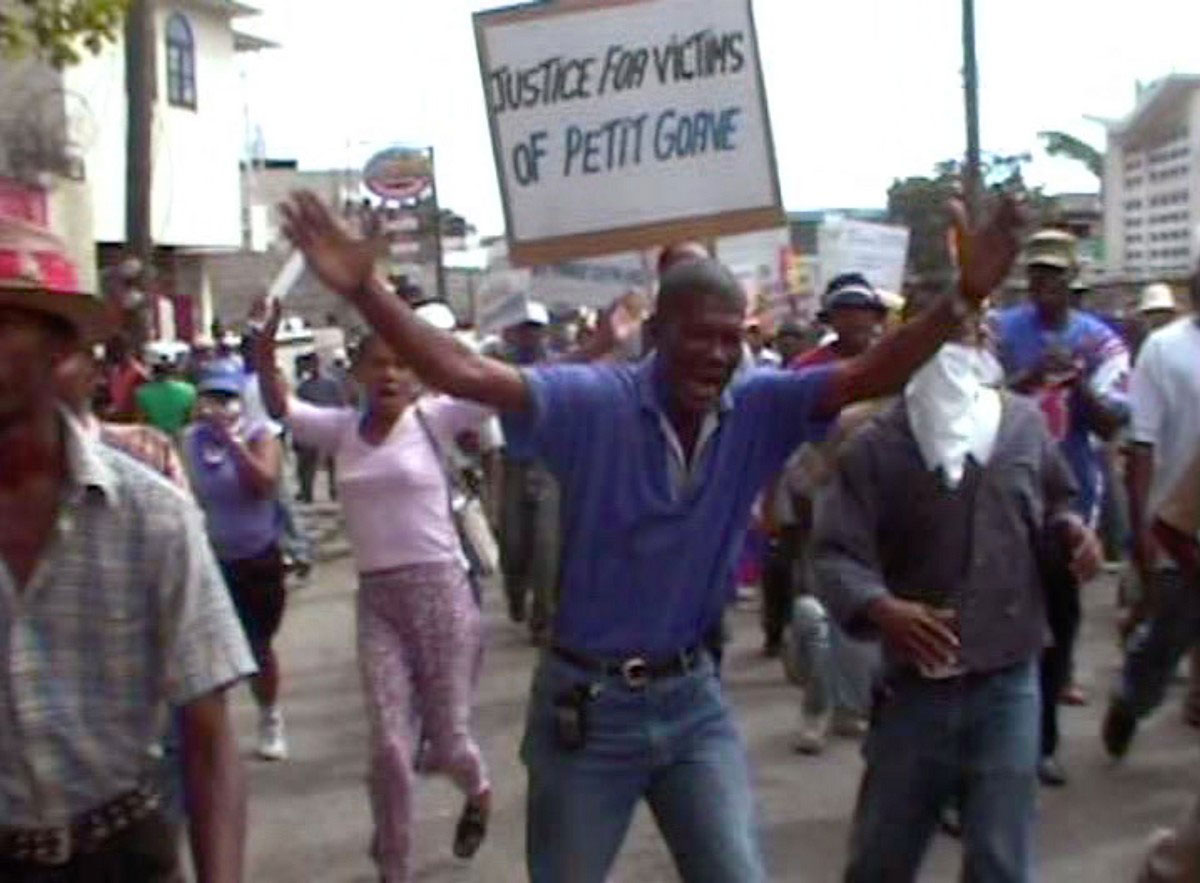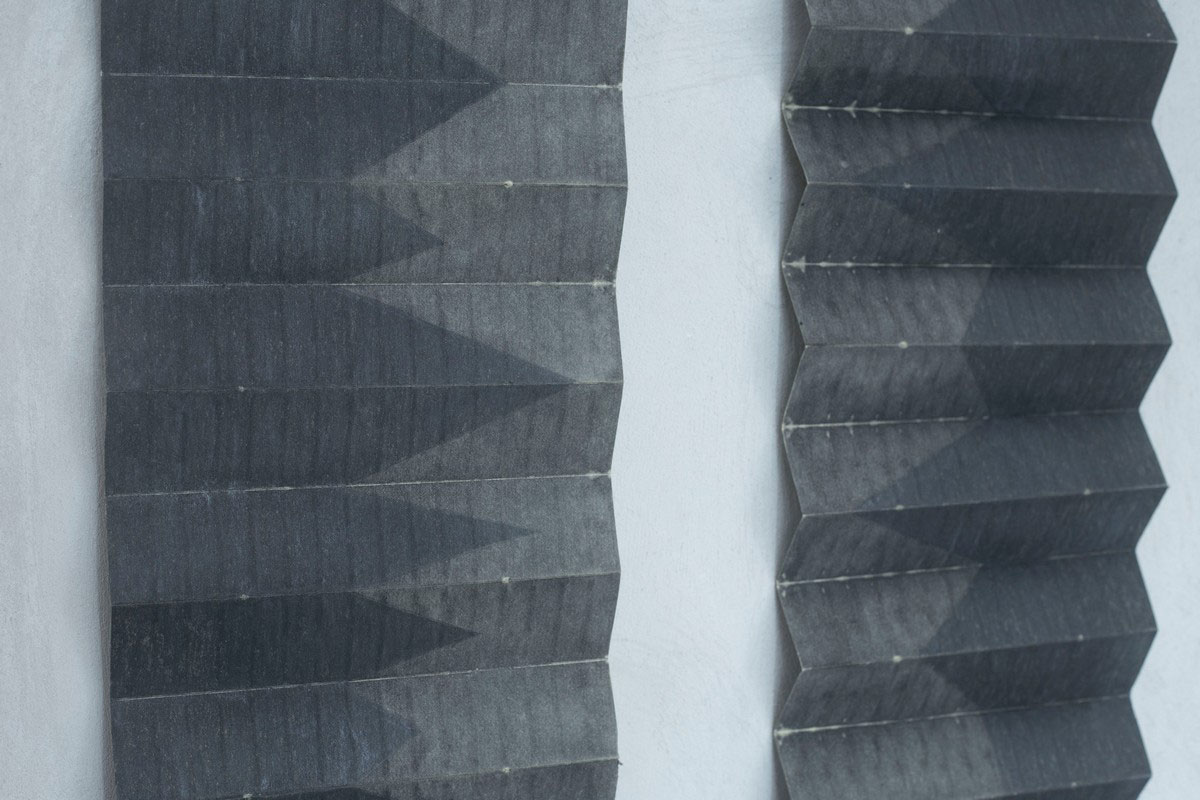PRESENTATION: Forecast Form, Art in the Caribbean Diaspora, 1990s–Today, Part II
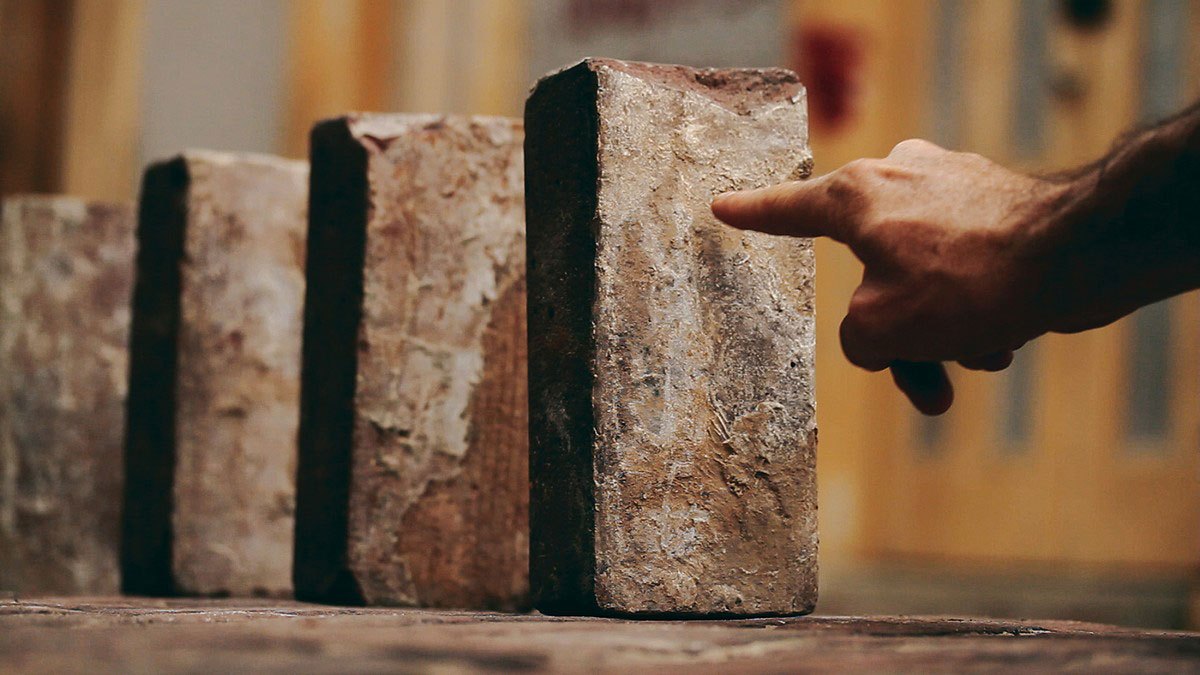 The 1990s were a period of profound social, political, and economic transformation. From the dissolution of the Eastern Bloc to the rise of transnational trade agreements, the decade’s large-scale shifts ushered in an era of international connectivity and social upheaval. In the cultural sector, art exhibitions expanded and turned global, and dialogues around identity, especially by those who have suffered systemic oppression, were featured front and center in cultural debates (Part I).
The 1990s were a period of profound social, political, and economic transformation. From the dissolution of the Eastern Bloc to the rise of transnational trade agreements, the decade’s large-scale shifts ushered in an era of international connectivity and social upheaval. In the cultural sector, art exhibitions expanded and turned global, and dialogues around identity, especially by those who have suffered systemic oppression, were featured front and center in cultural debates (Part I).
By Efi Michalarou
Photo: MCA Chicago Archive

The forces of this pivotal decade also had a major effect on the production, circulation, and presentation of art from the Caribbean. Taking the 1990s as its cultural backdrop, “Forecast Form: Art in the Caribbean Diaspora, 1990s–Today”is the first major group exhibition in the United States to envision a new approach to contemporary art in the Caribbean diaspora, foregrounding forms that reveal new modes of thinking about identity and place. It uses the concept of weather and its constantly changing forms as a metaphor to analyze artistic practices connected to the Caribbean, understanding the region as a bellwether for our rapidly shifting times. The exhibition sections are: TERRITORIES: The body is our first dwelling and the carrier of our personal and collective histories. Artist Zilia Sánchez, whose work is in this gallery, declares: “Soy isla,” or, “I am an island,” rethinking her own body and identity through place. Although the word “territory” is often understood as a political concept, like nations and fixed borders, it is also a way to describe the psychic landscapes, or inner worlds, that inform our shared experiences. Whereas diaspora starts as the physical movement of people, its process results in new personal, cultural, and historical territories. Artists in this section approach these shifting territories using processes of transfer, layering, and concealment. Some artists take the body as a point of departure to mark time and space through movement, whereas others create abstract landscapes both real and imagined. FORMAL RHYTHMS: works on view here all suggest movement—not only depicting or capturing bodies in motion but also emphasizing movement through formal choices, materials, and techniques. Some artists in this section express the dynamism and energy of movement using color and gesture while oscillating between recognizable and abstract forms. Others include movement in their art-making processes, transferring materials from one place or surface to another. Each of these artistic strategies is a metaphor for how identities are shaped by constant transformation. EXCHANGE: How does art making reflect cross-cultural exchanges? How do forms migrate and create new understandings of our entangled world? Historically, the Caribbean has been a place of cultural exchange and economic exploitation, from the plantations of the colonial era to the tourist and oil industries that undergird today’s global economy. Culturally, the Caribbean is constantly being reconfigured through migrations and geopolitical relations with the Arab world, Asia, and the Americas, among other regions. In the works in this section, place is difficult to locate, as geographies collapse into one another and images question fixed origins and identities. IMAGE MAKING: Making images and repurposing images from archives are important ways to create and preserve memory. Archival photography and video both serve this purpose, and artists often use them as source materials to create works that question dominant historical narratives. In this gallery, artists either use existing photographs and video or create their own images to examine the history of Black activism, racial categories, and identity formation across different locations—from Great Britain to Costa Rica, to the United States, Jamaica, and Haiti. LANDSCAPE: What does the landscape hide? The exuberant, colorful, and lush beauty of the tropical landscape often conceals painful and violent histories. Rather than represent these histories in narrative ways, the artists on view in this section employ diverse techniques—often depicting the flora of a place, including trees and plants, as well as gardens— to reference histories of colonialism, migration, and resource extraction. TRACES: People and places are shaped by the passage of time, leaving traces both seen and unseen. What traces remain from colonial histories, etched in the memory of bodies, places, and objects? The Caribbean, as a geographic region, was shaped by the movement of gendered and racialized bodies, first as chattel slavery from Africa and afterward as indentured labor from India, China, and other locations. The legacies of colonialism, racism, and gender violence wound both the body and the landscape. Rather than representing these colonial histories, the artists in this section call attention to the traces they left behind through objects, materials, and gestures, which hold just as much of the past as they do the present and future.
Works by: Adán Vallecillo, Alia Farid, Álvaro Barrios, Ana Mendieta, Candida Alvarez, Christopher Cozier, Cosmo Whyte, David Medalla, Deborah Jack, Denzil Forrester, Donald Rodney, Donna Conlon and Jonathan Harker, Ebony G. Patterson, Engel Leonardo, Daniel Lind-Ramos, Didier William, Felix Gonzalez-Torres, Firelei Báez, Frank Bowling, Freddy Rodríguez, Jeannette Ehlers, Joscelyn Gardner, Julien Creuzet, Keith Piper, Lorraine O’Grady, Maksaens Denis, María Magdalena Campos-Pons, Marton Robinson, Peter Doig, Rafael Ferrer, Rubem Valentim, Sandra Brewster, Suchitra Mattai, Tavares Strachan, Teresita Fernández, Tomm El-Saieh, Zilia Sánchez
Photo: Donna Conlon and Jonathan Harker, Domino Effect (Efecto dominó), 2013, HD video (color, sound), Duration: 5 minutes, 13 seconds, Courtesy of the artists and DiabloRosso, Panamá
Info: Curators: Carla Acevedo-Yates, Iris Colburn, Isabel Casso, and Nolan Jimbo, MCA Chicago, 220 E Chicago Ave., Chicago, IL, USA, Duration: 19/11/2022-23/4/2023, Days & Hours: Tue 10:00-21:00, Wed-Sun 10:00-17:00, https://visit.mcachicago.org/
